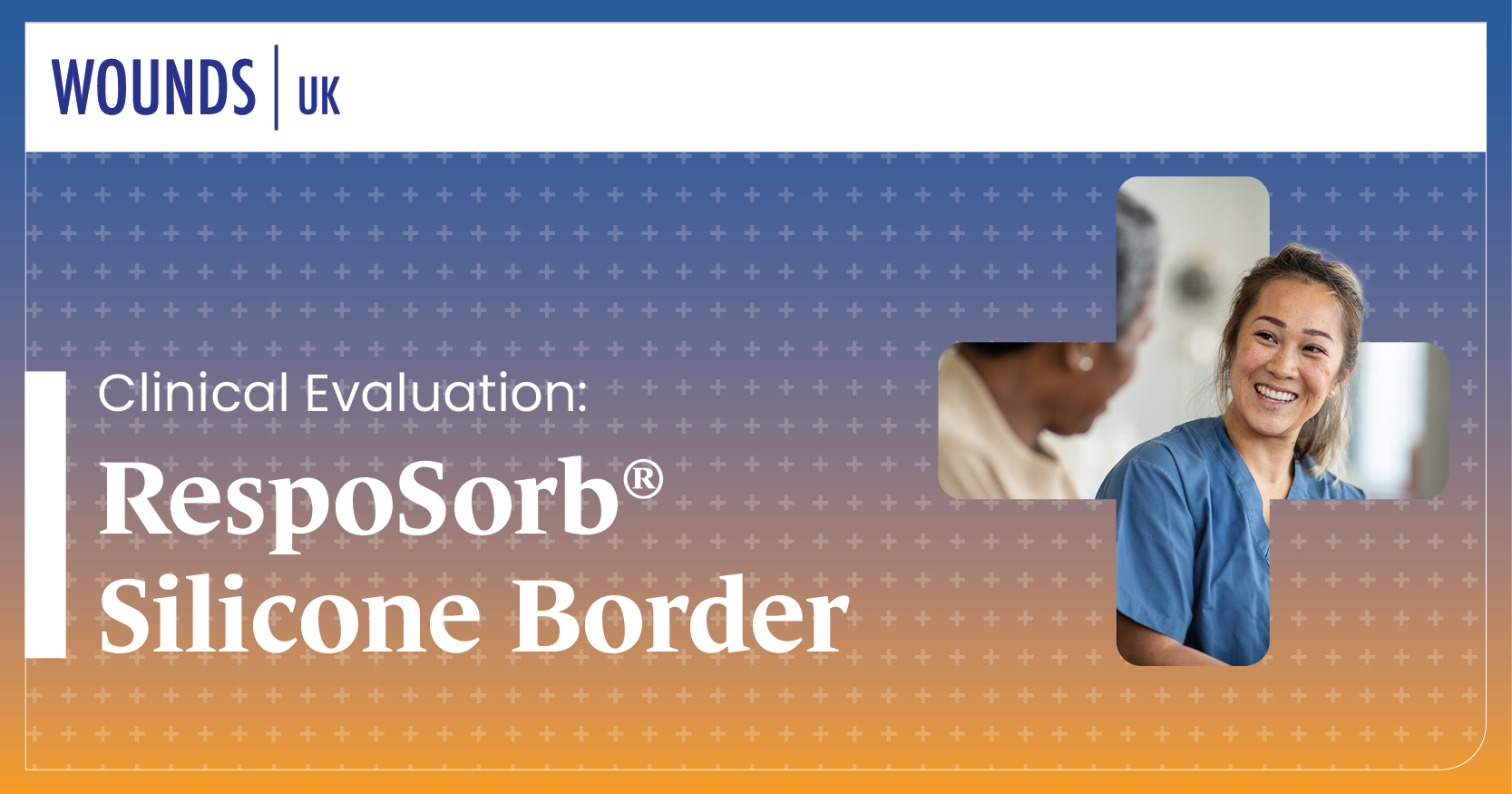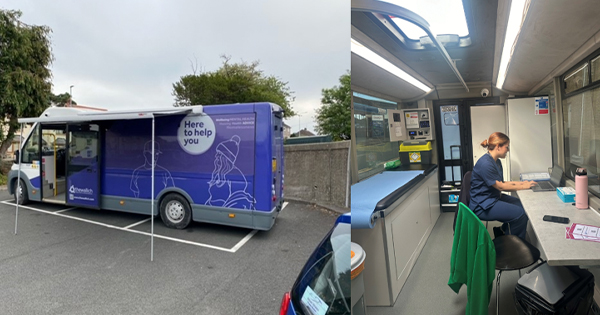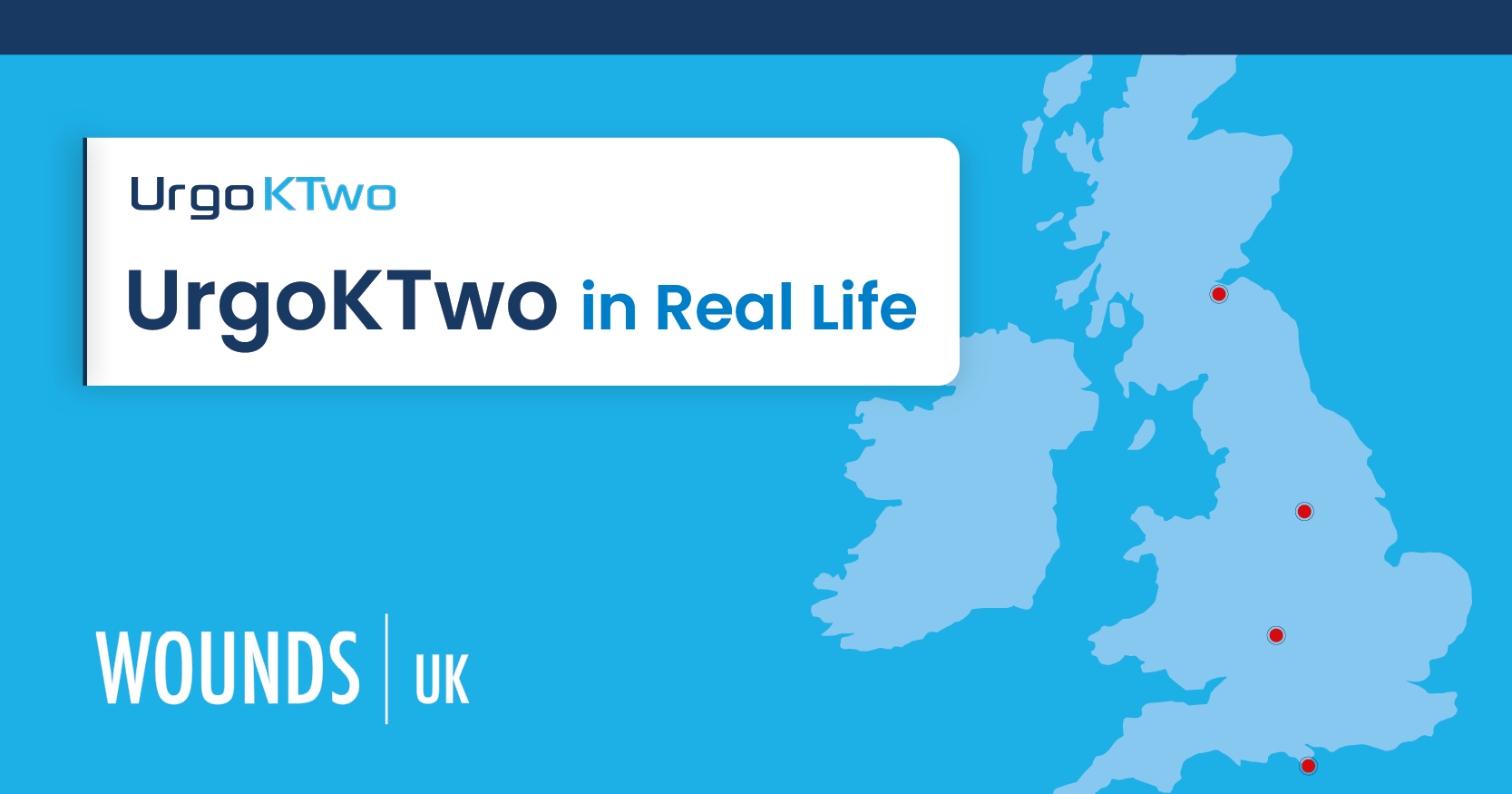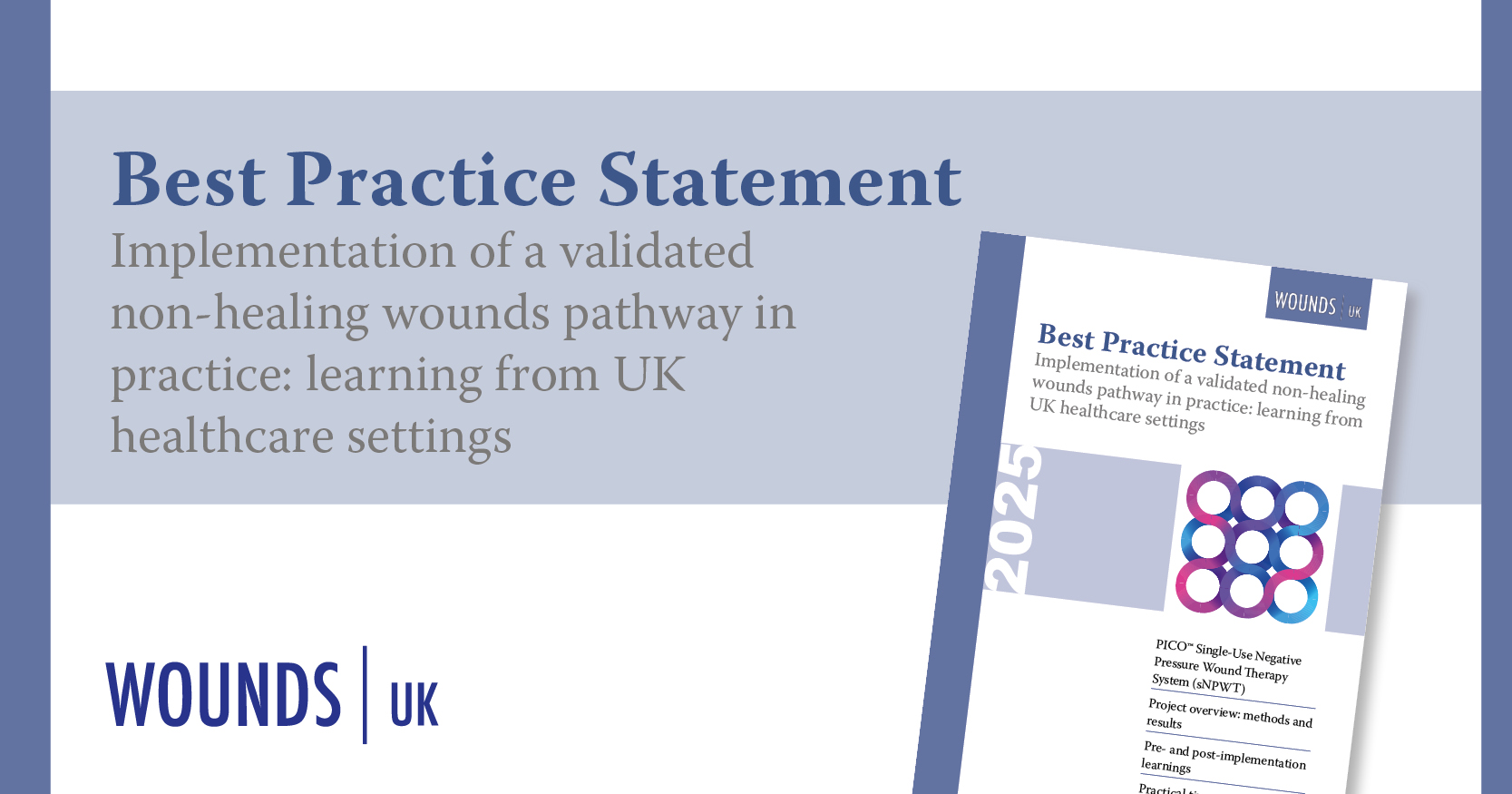The United Nations and other international agencies estimate that, if no action is taken, antimicrobial drug-resistant diseases could cause 10 million deaths each year by 2050, costing £66 trillion (Interagency Coordinating Group on Antimicrobial Resistance, 2019).
Non-medicated wound dressings (NMWDs) do not incorporate an antimicrobial agent in the dressing but use properties of the dressing material to reduce microorganisms, either through retention of the organism in the dressing away from the wound bed (thus removing organisms when the dressing is changed) or by killing microorganisms through biochemical interaction within the dressing (WUWHS, 2020).
This approach supports the principles of antimicrobial stewardship (AMS) programmes and avoids the misuse and overuse of medicated treatments to preserve their future effectiveness and reduce the threat of AMR (WUWHS, 2020; Rippon et al, 2021).







